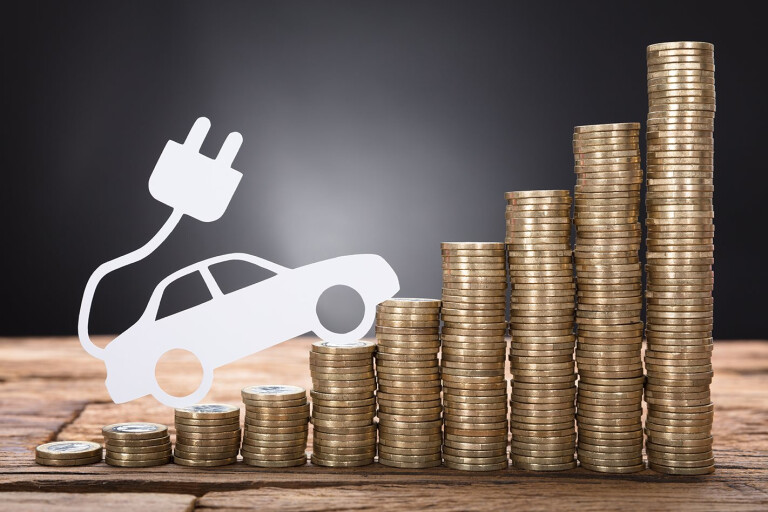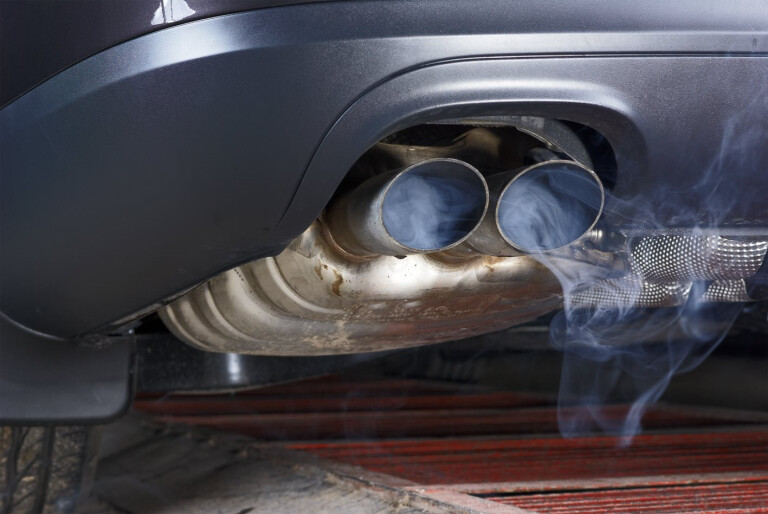
Snapshot
- CO2 related health issues will incur a large financial burden
- No commitment from Australian Government on ICE ban
- Total move to EVs would save $492 billion
The slow adoption of electric vehicles in Australia could lead to a $850 billion health bill by 2050, according to modelling.
Released by the Australian Conservation Foundation, the Deloitte-compiled report shows how Australia's delayed and low uptake of EVs will impact our future health, with a reliance on internal combustion engine (ICE) vehicles accelerating the rate of carbon emissions.
Australia is one of the few first-world nations to not announce a set date to ban the sale of new ICE vehicles yet – meanwhile the United Kingdom targets a 2030 phasing out of fossil-fuel burners and the EU is set to do so from 2035.

Through factoring in the financial costs of increasing carbon emissions and CO2 levels in the local environment, the report shows if EV adoption continues on its current trend, it will cost the health system $864.9 billion between 2022 and 2050 due to air, water and noise pollution.
Air pollution will be the biggest contributor, accounting for 56 per cent ($488.2bn) of the total cost, with greenhouse gas emissions second on 24 per cent ($205.4bn), followed by noise (11 per cent/$95.4bn) and water (nine per cent/$75.8bn).
Although passenger vehicles make up a significant majority of all road users, they will only contribute to 37 per cent of the problem ($319.9bn), while light commercial and heavy vehicles are attributed to 58 per cent of the costs ($504.72bn). Buses and motorcycles are the lowest of all sources, just 4.6 per cent between the pair.

The modelling shows the current rate of uptake will lead to just under 60 per cent of all new vehicle sales in Australia to come from EVs by 2050, although this is based on both the lack of universal incentives and continued ICE production – the latter of which is unlikely to continue on a large scale.
While the report shows three scenarios on top of the base modelling, the most extreme of the trio shows a complete move towards zero emissions vehicles in the passenger, private and public transport sectors by 2035 – a seemingly unachievable goal at this point in time.
However, if this was to be actioned, we could see a $492bn reduction in the previously predicted burden on the health system, a 57 per cent drop, seemingly offsetting the costs of EV infrastructure and incentives.

Director of innovation and strategic engagement at the Federal Chamber of Automotive Industries, Peter Griffin, told WhichCar the increasing number of EVs available locally, plus increased incentives, will push more buyers away from ICE vehicles.
"There is no doubt the increased penetration of zero and low emissions vehicles will reduce CO2 emissions and this will deliver the benefits of improved fuel quality and subsequent health and environmental benefits," said Griffin.
"The range of EVs available in Australia continues to increase each year, while technology improvements will see the cost continue to fall.
"However, Australian customers already have a wide choice of zero and low emission vehicle technology – from EVs through to plug-in hybrid, hybrid and highly efficient internal combustion engines. All of these technologies provide customers with a vehicle that suits their specific needs, while reducing emissions.
"In the absence of clear targets from governments, FCAI members have adopted a Voluntary CO2 Emissions Standard as a pathway to reducing emissions to 2030. This code acknowledges the range of technologies that are available as we continue on the path to a fully-electric future.
"Associated issues such as an improvement in the quality of fuel in Australia, and a reduction in the age of vehicles on Australian roads, also will play a significant role in reducing emissions."

As it stands, 3568 electric vehicles have been sold in 2021 to the end of September, making up just 0.437 per cent of all new vehicle sales in Australia (816,140 units).
Six Australian states and territories currently offer incentives for buyers to get into EVs, with the most progressive of the lot coming in the form of New South Wales's $3000 rebate and free stamp duty, while the Victorian Government has come under fire for its road user charge which taxes EV users.
COMMENTS